BBC Radio 4 - Natural Histories

This is in collaboration with the National History Museum:
Natural Histories | Natural History Museum

This evening's stories took us to the world of lepidoptery:
BBC Radio 4 - Natural Histories, Butterflies

Clips
Dr Blanca Huertas
Dr Blanca Huertas is Senior Curator for the non-UK butterfly collection at the Natural History Museum, overseeing around 35,000 drawers filled with some 4.5 million specimens. It is one of the world’s largest and most comprehensive collections of butterflies.
Her role involves maintaining, updating and expanding the collection and promoting its importance by engaging people to use it through loans, scientific research and internships so the collection can remain a national treasure for future generations.
Her role involves maintaining, updating and expanding the collection and promoting its importance by engaging people to use it through loans, scientific research and internships so the collection can remain a national treasure for future generations.
Giovanni Aloi
Giovanni Aloi is an expert in the representation of animals and plants in modern and contemporary art. He is a lecturer in History of Art and Visual Cultures at the School of the Art Institute of Chicago, Sotheby’s Institute of Art London and New York, and Tate Galleries.
In 2006, he founded Antennae, the Journal of Nature in Visual Culture. It is an international reference point for the debate on animals in the arts. He is the author of Art & Animals and is currently working on two monographs, one on taxidermy in contemporary art and another on plants in contemporary art, both due for publication in 2016.
In 2006, he founded Antennae, the Journal of Nature in Visual Culture. It is an international reference point for the debate on animals in the arts. He is the author of Art & Animals and is currently working on two monographs, one on taxidermy in contemporary art and another on plants in contemporary art, both due for publication in 2016.
Matthew Oates
Matthew Oates is National Specialist on Nature at the National Trust and has been observing butterflies for more than 50 years. He is an ecologist with a background in the arts and his passion for butterflies is matched only by that for the great English poets Coleridge and Edward Thomas.
He has been at the National Trust since 1990 and is particularly drawn to people’s relationships with nature, places and seasons, and increasingly the impact of weather on wildlife.
He has been at the National Trust since 1990 and is particularly drawn to people’s relationships with nature, places and seasons, and increasingly the impact of weather on wildlife.
Peter Marren
Peter Marren is a writer, one-time journalist and all-round naturalist. His book The New Naturalists won the silver medal of the Society of the History of Natural History and he is the author of the New Naturalist conservation volume, simply titled Nature Conservation. His latest book, Rainbow Dust, about butterflies, is to be published next spring.
He also writes obituaries for the Independent, conservation news for Whitaker’s Almanack, formerly has a column in The Countryman and is regular contributor to British Wildlife, which includes his famous column of biting wit, Twitcher in the Swamp.
He also writes obituaries for the Independent, conservation news for Whitaker’s Almanack, formerly has a column in The Countryman and is regular contributor to British Wildlife, which includes his famous column of biting wit, Twitcher in the Swamp.
BBC Radio 4 - Natural Histories, Butterflies
.
.
.


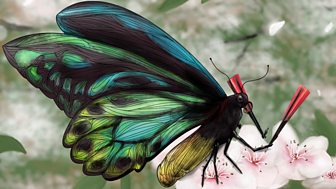
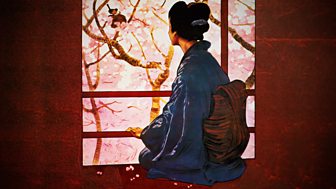
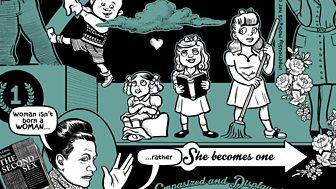
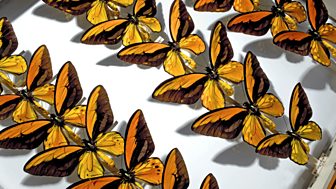
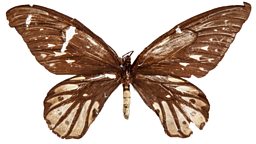
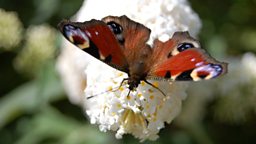


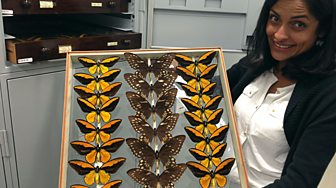

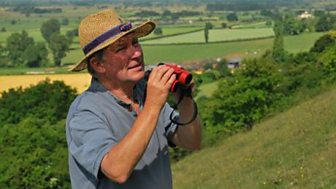
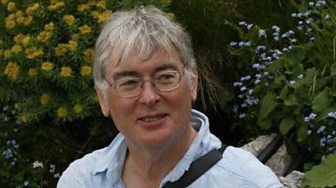
No comments:
Post a Comment